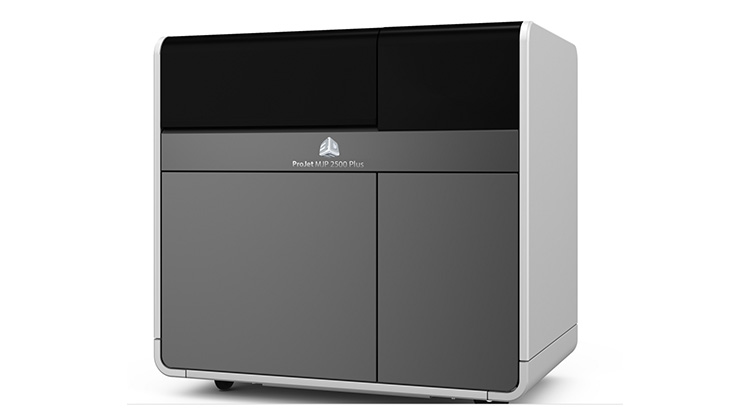Outdated 3D printers hampering creativity

Suspicions are being confirmed around 3D printing, it’s looking increasingly like it will transform design and engineering in the future and that’s a good reason to give students a thorough grounding in the technology. The problem is the current curriculum is found wanting in the area of 3D printing and word from industry is that old equipment is holding kids back.
“There is much room for improvement to the current curriculum schools have today, and a place to start would be by providing more opportunities to incorporate 3D printing and design in STEM subjects. The challenge for schools is that many are still using outdated, basic 3D printers, which is actually limiting the creativity and design skills of students. Investing in new 3D technology and better equipment will prove to be an investment by providing students with the necessary tools they need to explore future skills in the new-age workforce,” says Eric Holtsmark, general manager – strategy, transformation and technology, Konica Minolta Australia.
3D printing is triggering a change in the way organisations build and design their products, the technology offers cost reductions and the ability to improve products by applying design thinking principles such as latticing which increases strength and reduces weight, part consolidation, and light weighting.
“The technology itself can usually be picked up quite fast by students; however, the challenge comes when trying to teach students how to think more about the methodology behind designs. Spatial awareness is an important skill for students to master, as well as being able to understand how smaller shapes and components combine to create the overall model. By integrating more lessons and 3D printing topics into STEM curriculums, it teaches students to thinking critically about design aspects and will lead to a well-prepared student in the future.”
A hands-on approach is probably best, there are many design and build competitions that can be entered or emulated to deliver 3D printing in the classroom.
“STEM subjects can provide a gateway to initiate using 3D technology during classes by providing students with hands-on opportunities to create their own models, with some schools even setting tasks such as building a drone. Specific classes for projects, like F1 in schools have created a demand for innovative 3D printers which use lighter, more flexible materials to help their models go faster. 3D printing can also help with a hands-on teaching approach on spatial awareness and ensuring students understand the methodology behind the design concepts,” Holtsmark says.
“3D printing isn’t one-size-fits-all technology; however, the machines that work best for education purposes are: Markforged’s Mark Two, which uses composite materials such as carbon fibre that offer structural integrity and stiffness, along with many other innovative features; the Figure 4, which has more versatility for a broader range of material such as soft rubbers, bio compatible, and high temp for more applications and faster production speeds, more durable designs and a faster production speed; and the ProJet 2500, which prints and assembles highly accurate and realistic parts, and can be used for complex models."